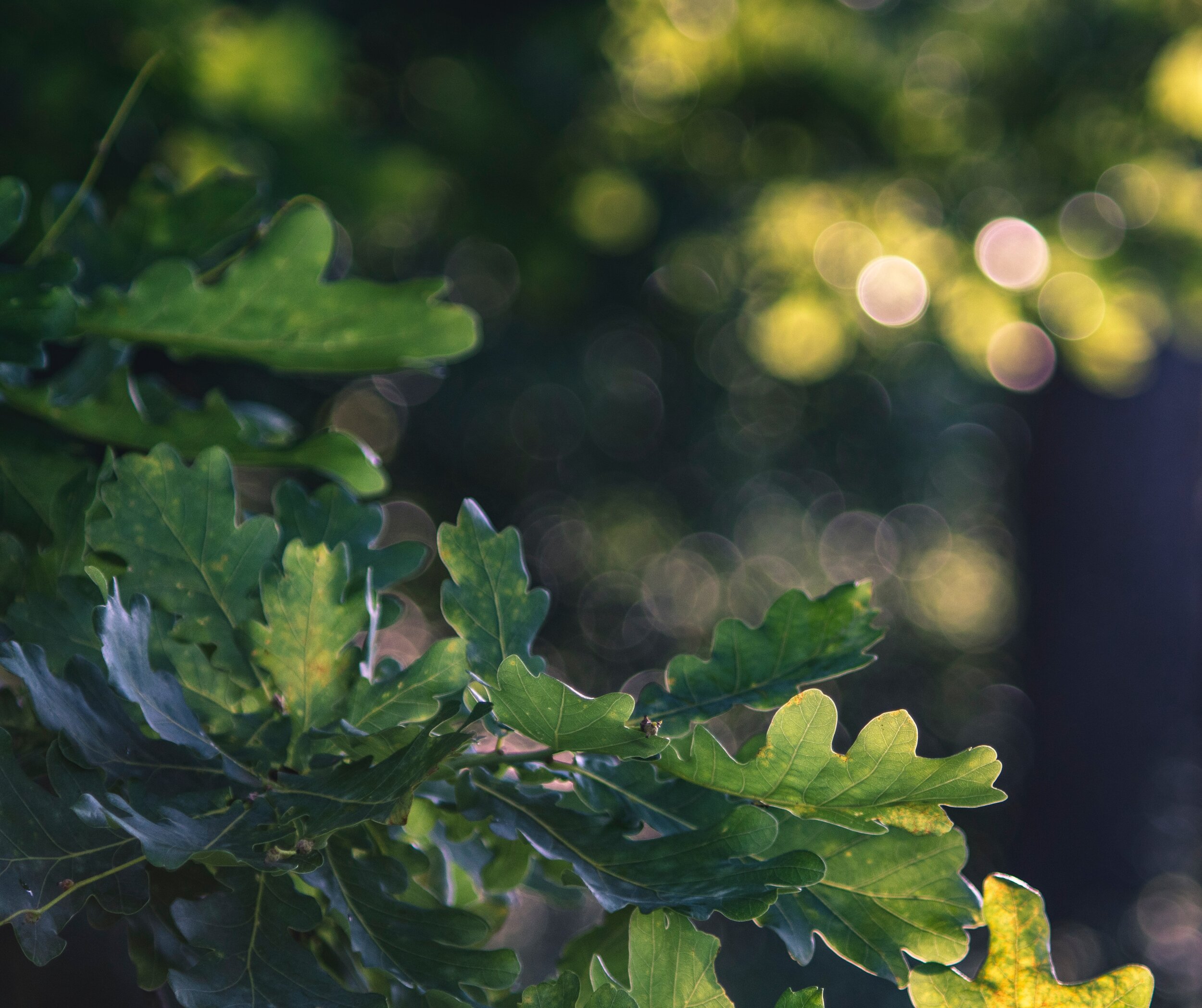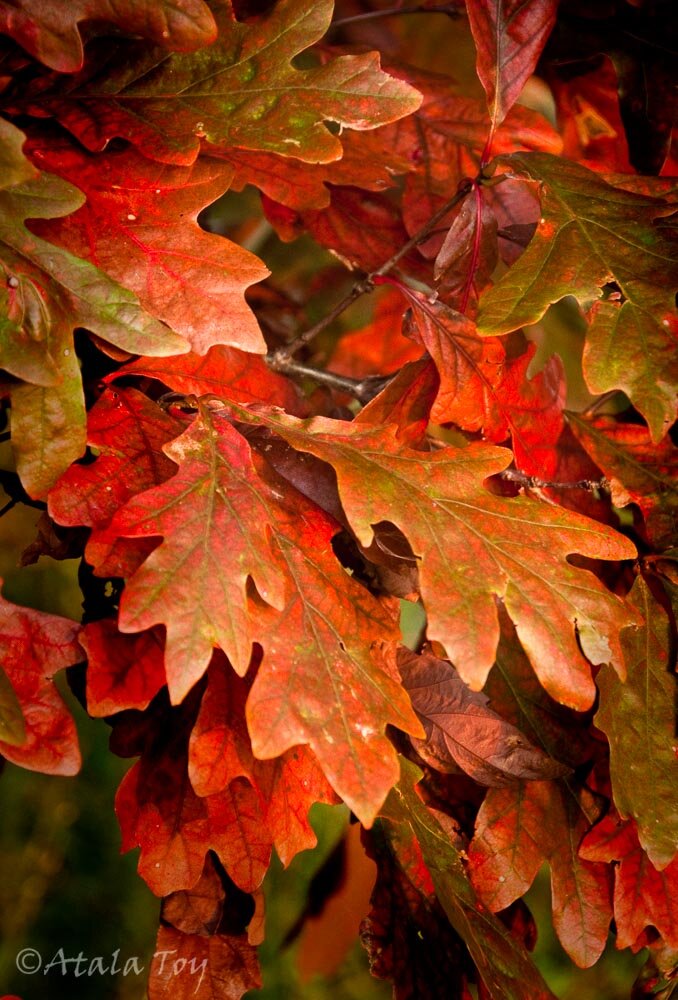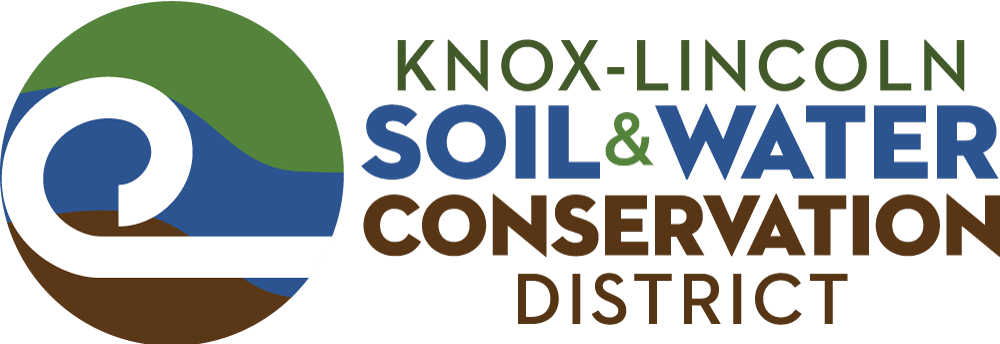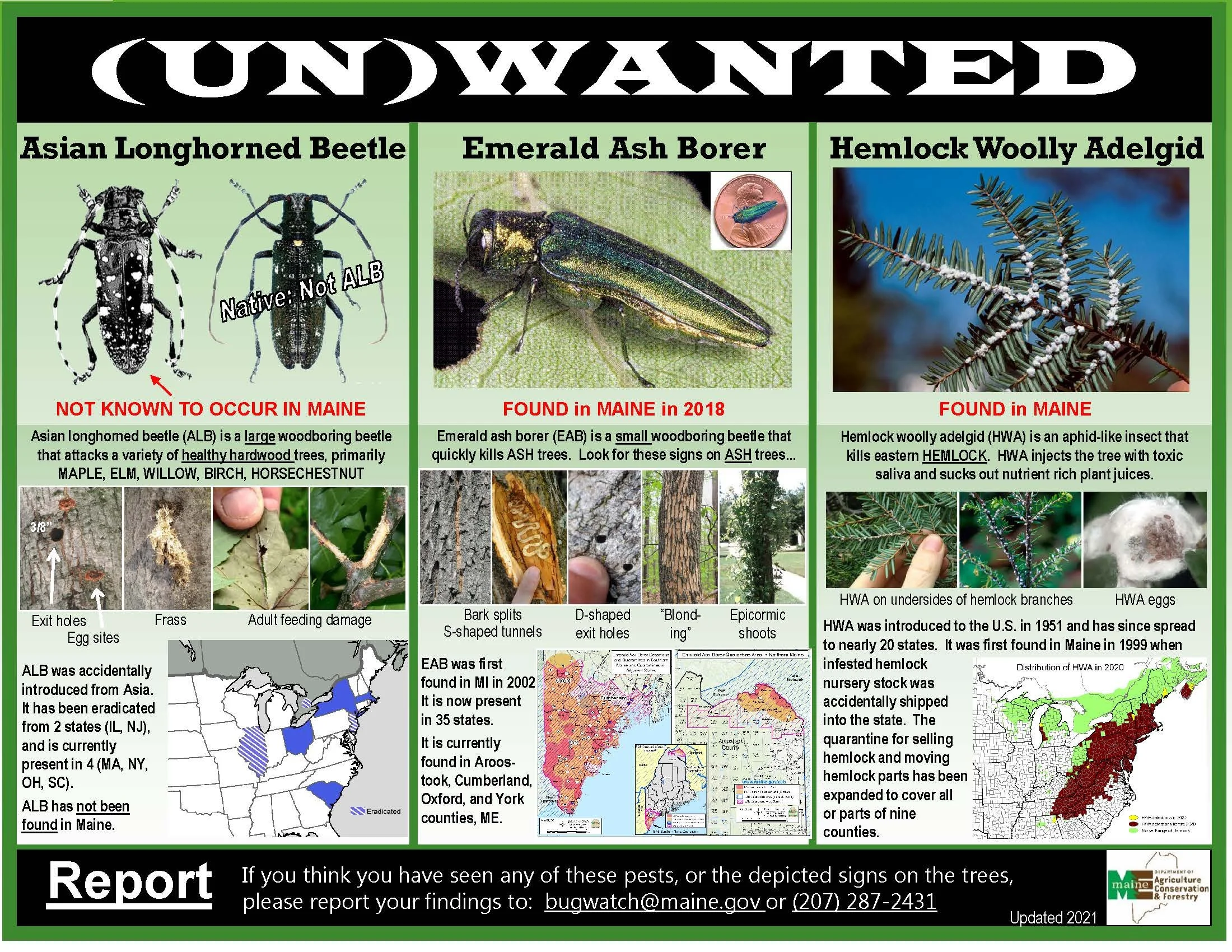
Invasive Forest Pest Outreach
Protect what we love! Slow the Spread of invasive pests by not moving firewood - buy it where you burn it, burn it where you buy it!
Emerald ash borer was discovered in Madawaska in May 2018 and in York County in September 2018
From the Maine Forest Service on what landowners, foresters and loggers should know about managing and planning for this serious pest:
And, from Purdue University and the Indiana Department of Natural Resources:
EAB Decision Guide for Landowners
FMI: “Invasive Threats to Maine's Forests and Trees” check out Maine Forest Service’swebsite here:
Presentations
Maine Soil & Water Conservation Districts received a grant from the Maine Department of Agriculture, Forestry and Conservation (DACF) to present programs for the Invasive Forest Pest Outreach Project - as well as displays at fairs and other events - throughout the state in 2017.
Since 2009, with funds provided in part by a grant from the USDA Animal Plant Health Inspection Service (APHIS), Maine DACF has been educating Maine citizens about invasive pests. Maine conservation districts are now taking up that outreach to educate the public and municipalities about the threats of non-native forest pests:
Those that occur in Maine, include:
emerald ash borer (found in York & Aroostook counties in 2018)
hemlock woolly adelgid & elongate hemlock scale
winter moth
gypsy moth
browntail moth *Browntail moth caterpillars defoliate trees; contact with toxic hairs can cause severe dermatitis and respiratory problems.
Those that do not YET occur in Maine, but are close by:
Asian longhorned beetle (NH & MA)
spotted lanternfly (PA)
oak wilt fungus
How do invasive pests get here?
Forest pests typically get moved around unintentionally.
They get moved long distances:
in wooden packing material (pallets and crates)
on infested plants in the nursery trade
in soil of plants that people bring to summer homes or when they move
Buy it where you burn it!
One major vector for the movement of forest pests over long distances is firewood. Maine currently bans bringing out of state firewood across state lines, but you can just as easily transport pests from one part of the state to another.
To help folks find local campwood and firewood, Maine has joined Firewood Scout. At Firewood Scout, you can find local firewood, sell your local firewood (under "About Us"), and reduce the movement of invasive pests.
More Information
If you would like to attend a presentation in your area, please contact your local conservation district
For more information and fact sheets about invasive forest pests:
Visit the new Invasive Species Portal at maine.gov
Link to Maine Bugwatch on Facebook and sign up for Invasive Pest Outreach updates.
New EAB fact sheet from Maine Forest Service: EAB for Landowners
To report a suspected sighting of an invasive pest, contact:
bugwatchme.agr@maine.gov or (207) 287-2431.
To find local firewood or campwood, visit Firewood Scout at:
http://firewoodscout.org/s/ME/
To find Licensed Pesticide Applicators Willing to Treat Browntail Moth, Hemlock Woolly Adelgid, Emerald Ash Borer and/or Other Pests:
https://www.maine.gov/dacf/mfs/forest_health/documents/pesticide_applicators_bm_hwa_others.pdf




